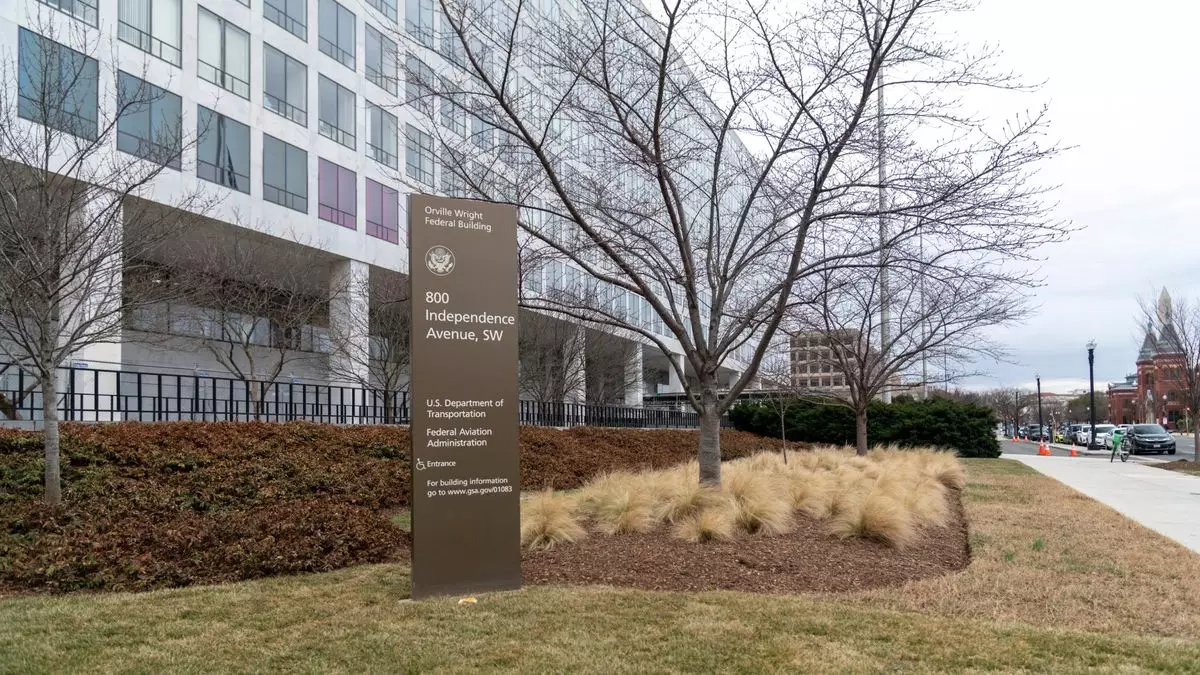On February 14, 2023, employees at the Federal Aviation Administration (FAA) were confronted with an unexpected and unsettling shock: several hundred were terminated via late-night emails. This abrupt action raised significant questions about the implications for aviation safety and national security, especially when considering the roles played by many of those let go.
The Nature of the Firings
The mass termination primarily affected probationary employees who were engaged in critical activities such as radar maintenance and navigational aids vital for air traffic operations. David Spero, president of the Professional Aviation Safety Specialists union, confirmed that these dismissals were executed through official communications, casting a shadow over existing protocols and practices within the FAA. While the Transportation Secretary Sean Duffy sought to reassure the public by stating that “zero air traffic controllers and critical safety personnel were let go,” the ambiguity remains. The specific roles of the terminated employees were not clearly categorized in terms of their impact on safety.
Essentially, it appears that while the emphasis was on preserving essential personnel, the terminations have left a gap in operations that might not be easily filled. A Transportation Department official acknowledged that they would examine the responsibilities of the affected workers in terms of safety functions, revealing an underlying uncertainty in the decision-making process.
In particular, the dismissals included individuals involved in a classified early-warning radar system meant to detect missile threats, specifically for Hawaii. This program is particularly crucial given the geopolitical climate and emerging threats, such as the possibility of adversarial cruise missile attacks. Terminated employee Charles Spitzer-Stadtlander emphasized the grave ramifications of such a decision, describing his knowledge transfer work in the FAA’s National Airspace System Defense Program as vital for national security. The lack of awareness surrounding the functions and objectives of his unit among decision-makers at higher levels raises alarming concerns about the direction in which these decisions are being made.
“Protecting national security should be a priority, and I fear for what this means moving forward,” Spitzer-Stadtlander stated, encapsulating the worry shared by many professionals in similar fields. The removal of personnel engaged in these sensitive operations could inadvertently lead to gaps in critical knowledge and readiness at a time when threats to national security are increasingly serious.
The sweeping terminations also shine a light on the broader context of the federal government’s approach to workforce sizing, specifically pointing to the administration’s goals of efficiency in government operations as argued by proponents of drastic staffing adjustments. The rhetoric surrounding such moves often suggests that any layoffs are part of a larger strategy to streamline operations and reduce costs. However, this perspective often fails to consider the real-world implications on aviation safety and national security.
As reports emerged regarding the nature of dismissals, it became apparent that some were targeted based on personal views about the administration, specifically criticism directed at influential figures such as Elon Musk. Spitzer-Stadtlander expressed dissatisfaction with Musk’s companies, leading to his unexpected dismissal. This apparent connection between personal political views and employment raises additional ethical questions regarding the motives behind these firings.
The aftermath of these mass firings will likely unfold in phases as union representatives and the FAA engage in discussions about the safety ramifications of a reduced workforce. The National Air Traffic Controllers Association has become involved, assessing how these terminations impact the national airspace system and the overarching efficacy of operations. Safety measures are fundamental to aviation, and the loss of trained professionals in key areas could have an adverse effect on long-term operational efficiency.
As public attention focuses on these firings, there is a growing call for transparency and accountability. The need to clarify which roles are deemed critical, and consequently which employees should be retained, is paramount. Reducing the FAA’s workforce may present short-term gains in budget management; however, the potential consequences on national safety and aviation integrity cannot be overstated.
This crisis underscores an urgent need for a reassessment of policy regarding federal workforce management, especially within regulatory bodies like the FAA. Aviation safety hinges not only on technology but equally on the skilled individuals who manage these systems. Ignoring this fact may carry long-lasting repercussions as the country navigates an increasingly complex security landscape.

